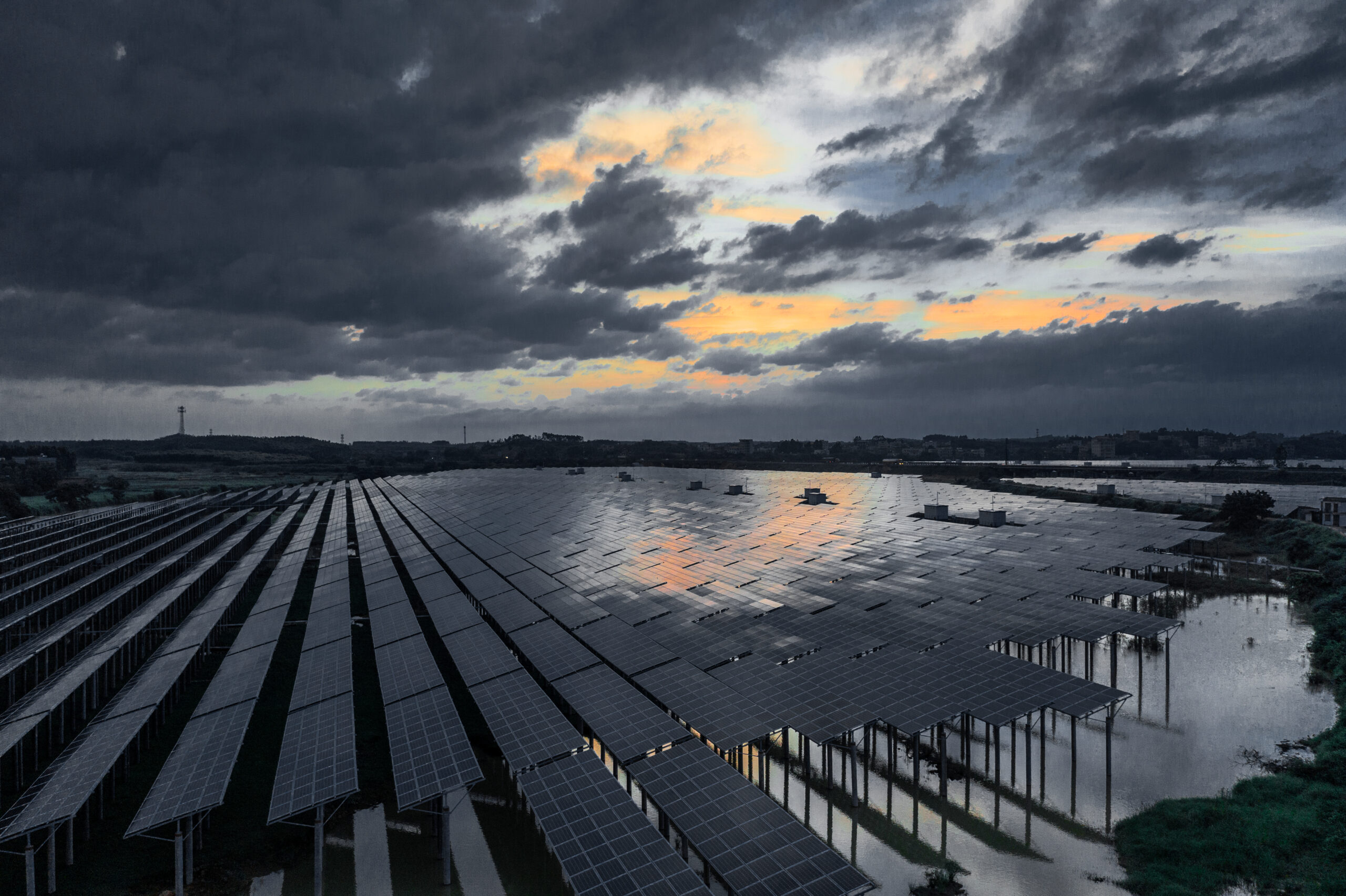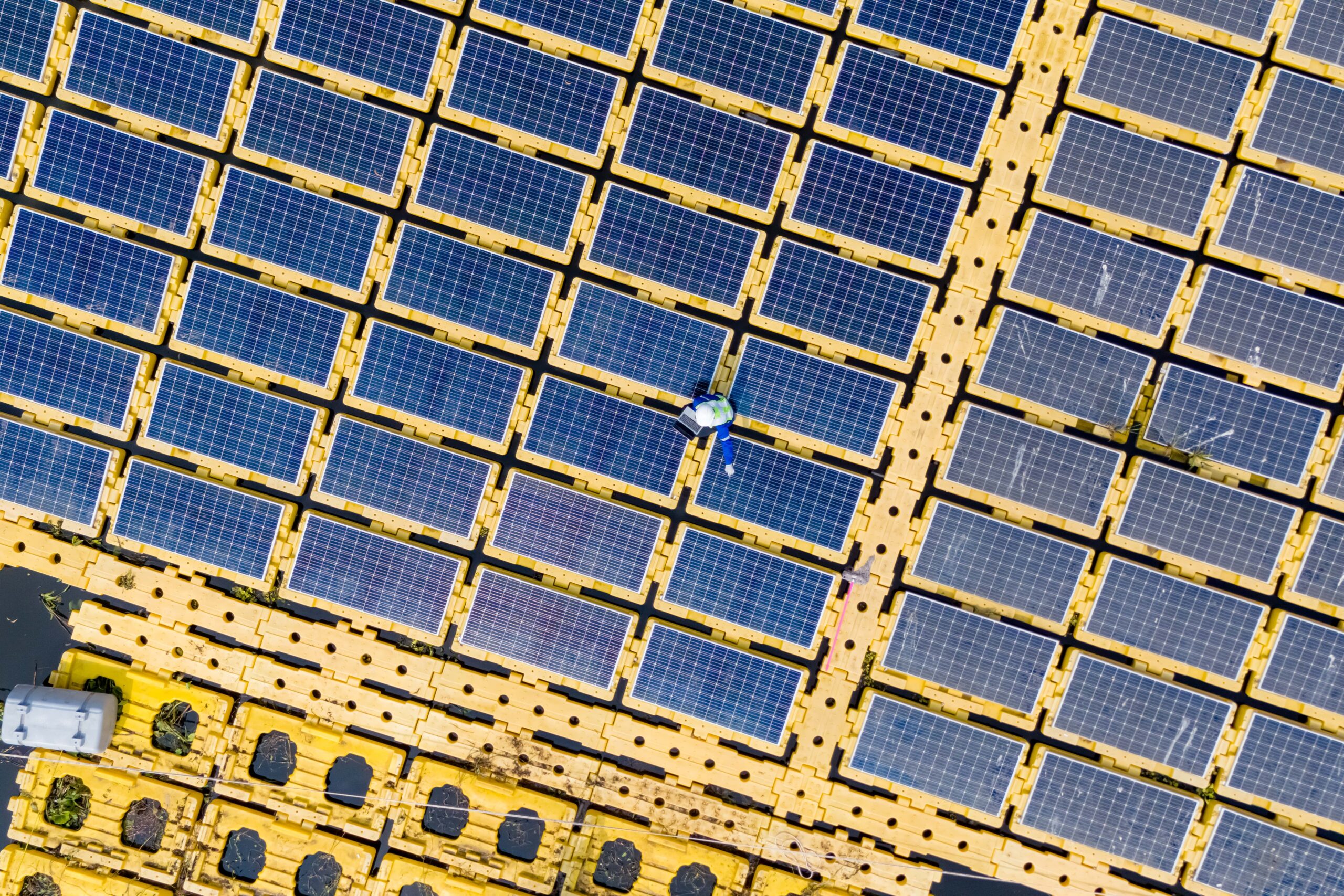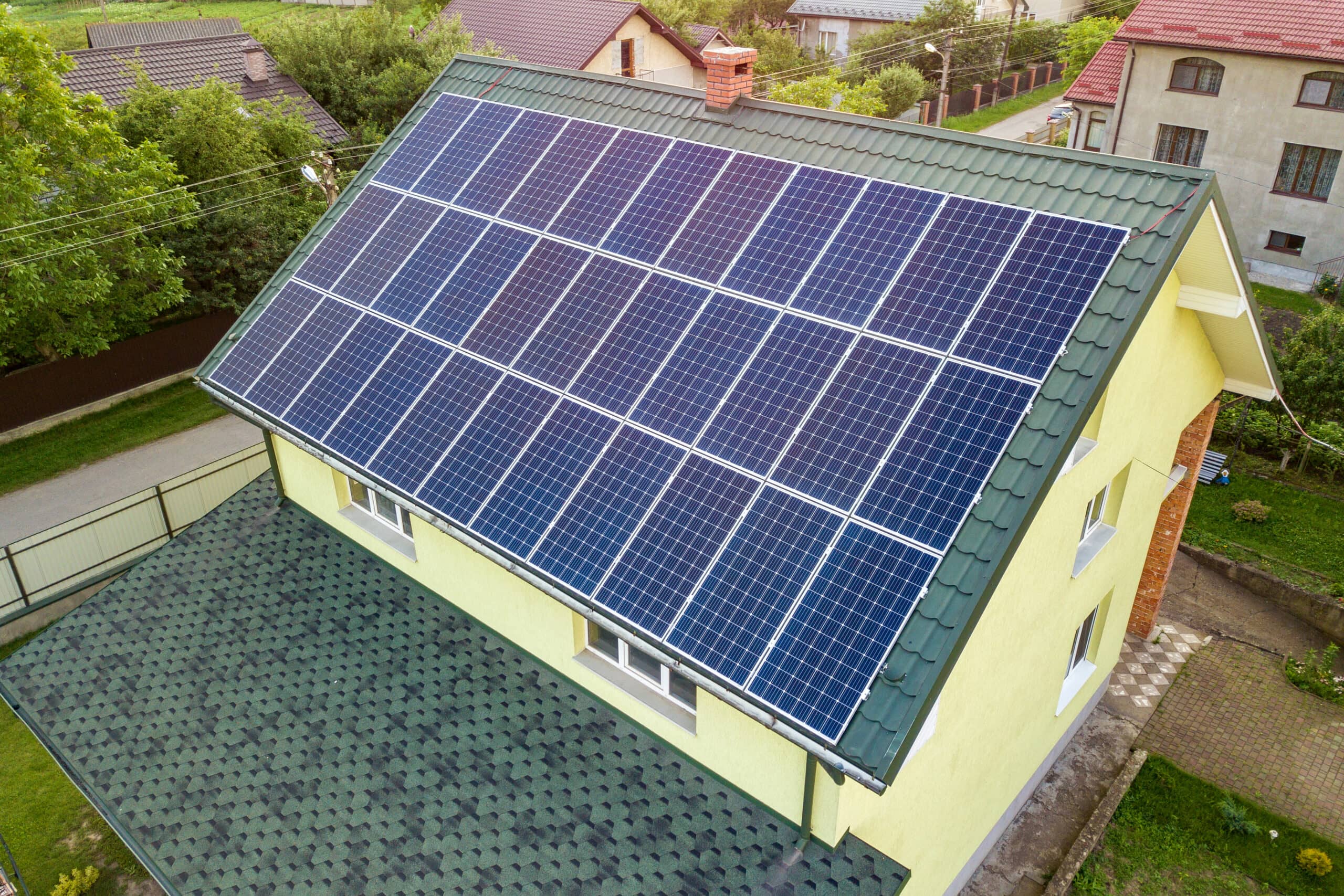Solar panels have gained immense popularity as a sustainable and renewable energy source. Their ability to harness the sun’s power has become a go-to choice for many environmentally conscious homeowners and businesses. But have you ever wondered what happens to solar panels when it is cloudy or raining? In this article, we’ll dive into the fascinating world of solar panel performance during less ideal weather conditions. We’ll explore how these fantastic devices continue to generate electricity and contribute to our energy needs, even when the skies are gray. So, let’s uncover the secrets behind solar panels and their performance on cloudy or rainy days!
How Solar Panels Work
Solar panels consist of photovoltaic (PV) cells made of semiconductor materials, typically silicon. When sunlight hits the panels, the PV cells absorb the energy from the photons. This absorption process causes electrons in the semiconductor material to become excited and break free from their atoms.
Once the electrons are set free, they can flow through the PV cells, creating an electric current. This current is then captured and directed through wiring within the solar panels. The wiring collects the electricity from multiple PV cells and combines it to form usable direct current (DC) electricity.
To make the electricity generated by solar panels usable for our homes and devices, an inverter converts the DC electricity into alternating current (AC) electricity. AC electricity powers our homes and is compatible with the electrical grid.
From there, the AC electricity can be used to power various appliances and devices in your home or sent back to the electrical grid if your solar panel system is connected to it. When you produce more electricity than you consume, the excess energy can be fed back into the grid, and you may even earn credits for it through net metering programs.
Solar panels work by converting sunlight into electricity through the photovoltaic effect. The photons in sunlight excite electrons in the PV cells, creating an electric current that can be used to power our homes or sent back to the grid.
Impact of Seasonal Changes
Seasonal changes indeed have an impact on solar panel performance. Let’s break it down.
Solar panels generate more electricity during the summer when the days are longer and the sunlight is more intense. The increased sunlight intensity provides more energy for the photovoltaic cells to convert into electricity, resulting in more excellent overall solar panel performance.
On the other hand, during the winter months, shorter daylight hours and lower sunlight intensity can decrease solar panel performance. With fewer hours of sunlight available, the panels have less time to absorb and convert sunlight into electricity.
However, it’s important to note that even during winter, solar panels can still generate electricity. While the output may be lower compared to the summer months, they can still contribute to your overall energy production.
Optimizing Solar Panel Performance in Challenging Weather
Cloudy or rainy weather does have an impact on solar panel performance. Let’s dive into the details.
When the sky is cloudy or raining, the amount of sunlight reaching the solar panels is significantly reduced. Since solar panels rely on sunlight to generate electricity, the decrease in sunlight intensity reduces solar panel performance.
Cloud cover is a barrier, blocking some sunlight from reaching the photovoltaic cells. This reduction in sunlight intensity means less energy is available for the panels to convert into electricity. As a result, the solar panel’s output decreases during cloudy or rainy weather.
It’s important to note that solar panels can still produce electricity, even on cloudy or rainy days, at a lower efficiency than clear, sunny days. However, the overall impact on solar panel performance will depend on the extent of cloud cover and the intensity of the rainfall.
So, when the weather is cloudy or rainy, the reduced sunlight availability affects the amount of electricity solar panels generate. But don’t worry; solar panels are designed to work in various weather conditions and can still contribute to your energy production even on less sunny days.
What to do During Lightning and Thunderstorms
During lightning and thunderstorms, it’s essential to take safety measures to protect your solar panels. Here’s what you can do:
Safety Measures: Turning off your solar panel system during a lightning storm is generally recommended. This helps prevent potential electrical surges or damage caused by lightning strikes. While some solar panel systems are designed to withstand lightning strikes if properly grounded and equipped with surge protectors, safety measures such as grounding and surge protection are emphasized. Additionally, avoid touching any electrical components of the system during the storm to minimize the risk of electric shock.
Grounding Systems: Proper grounding is essential for installing solar panels. Grounding systems provide a safe pathway for electrical currents to flow into the ground, reducing the risk of damage to your panels and other electrical components. Ensure your solar panel system is properly grounded according to local electrical codes and regulations.
Surge Protectors: Installing surge protectors can provide extra protection for your solar panels. These devices help absorb and redirect power surges, safeguarding your panels from potential damage. Consult a professional installer to determine the appropriate surge protection for your specific system.
Lightning Protection Systems: For added security, consider installing a lightning protection system. These systems include lightning rods and conductive paths that help direct lightning strikes away from your solar panels and safely into the ground. A professional installer can assess whether your system would benefit from such protection.
Regular Maintenance: It’s a good idea to visually inspect your solar panels for any signs of damage or debris after a thunderstorm. If you notice any issues, contact a professional for assistance. Regular maintenance and inspections can ensure the longevity and performance of your solar panel system.
Safety and proper installation are crucial to protecting your solar panels during lightning and thunderstorms.
What About Hail Damage?
It’s essential to be aware of the risks and take necessary precautions regarding solar panels and potential hail damage.
Risks of Hail Damage: During severe weather events, such as hailstorms, solar panels can be susceptible to damage. Modern solar panels are generally designed to endure hail impact to a certain extent, typically up to one-inch diameter hailstones traveling at speeds of up to 50 mph. However, hailstones can vary in size and impact force, potentially causing cracks or dents in the panels. This damage can affect the efficiency and overall performance of the solar panels.
Durable Panel Materials: Choosing solar panels with durable materials can help minimize the risk of hail damage. Look for panels made with tempered glass or with a high impact resistance rating. These panels are designed to withstand hailstones of varying sizes and are less likely to be damaged.
Proper Installation Techniques: Ensuring your solar panels are installed correctly is crucial for minimizing hail damage. Panels should be securely mounted to your roof using appropriate techniques and materials. This helps to prevent any shifting or dislodging of the panels during severe weather events.
Insurance Coverage: Check your homeowner’s insurance policy to see if it covers hail damage to your solar panels. Suppose it doesn’t consider adding additional coverage for your solar panel system. This can provide financial protection in case of any hail-related damage.
Choosing durable panel materials, using proper installation techniques, and having insurance coverage can help minimize the risks of hail damage to your solar panel system.
Add Solar Battery Storage to Help on Cloudy or Rainy Days
Battery storage can be utilized to store excess energy in both off-grid and grid-tied systems. Net metering is typically preferred in grid-tied systems due to its cost-effectiveness and efficiency.
For those living off the grid, solar battery storage allows for the storage of excess energy generated by solar panels during sunny periods. This stored energy can then be used during times of low solar production, such as on cloudy or rainy days. This helps reduce reliance on the grid and maximizes the use of solar energy.
With a solar battery system, any surplus energy your solar panels generate can be stored for later use. Instead of sending it back to the grid, you can save it for those times when your solar production is limited. This ensures you have a continuous supply of clean energy even when the weather isn’t ideal.
By integrating solar battery storage, you can optimize the performance of your solar panel system. It allows you to make the most of your energy and reduces dependence on traditional energy sources. Plus, it gives you more control over your energy usage and helps lower your electricity bills.
Solar battery storage is an intelligent move to enhance the efficiency and reliability of your solar panel system. It’s a great way to maximize your investment and contribute to a more sustainable future.






